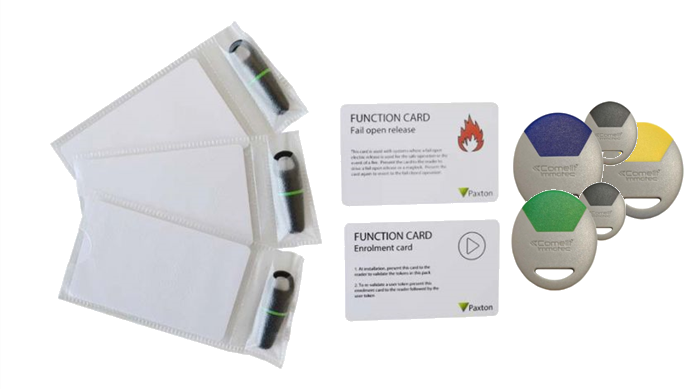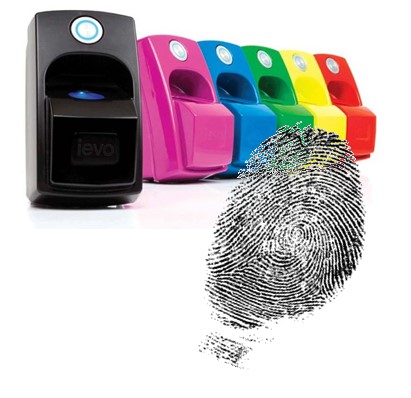We use cookies to make your experience better. To comply with the new e-Privacy directive, we need to ask for your consent to set the cookies. Learn more.
What type of access control system is best for you

Loads of business and managed properties now use keyless entry systems, rather than the more traditional locks and keys.
Key Fobs and Cards
These work by using a radio transmitter to communicate between the card/fob and the access control system. This is usually reliable and relatively simple.
Pros
> simple and affordable
> minimal maintenance and easily replaced
> multiple access points can be assigned to a single fob or card
> easy and convenient to use
Cons
> lost, stolen or copied information may create security risks
> loss of power and backup can mean doors being unreachable
> continually replacing lost or stolen fobs/ cards
> some environmental concerns over continually replacing plastics




Access control using via PIN readers and keypads
An extremely popular door entry access control method with users being issued keyfobs and or PIN numbers. A successful entry of the correct pass code triggers an electronic door lock which resets after the door is closed.
Pros
> easily programmed to unlock multiple doors
> easy to use and does not require sophisticated programming
> can easily be retrofitted
> inexpensive and uncomplicated
> strong two factor authentication can be easily set up ie proximity reader with keypad
Cons
> regular changes to password and PINS are needed to maintain security
> doors can be held open to allow not just the cardholder through after just one passcode entry
> support needed for forgotten passwords or PINs and lost cards
> support needed for troubleshooting and onsite incidences
Access control using smart devices
Smart technology is revolutionising access control systems.
Pros
> allows credentials to be verified via mobile app
> more secure, as smart devices also have extra layers of login security and are less likely to be 'loaned out'
> easy for businesses to add or delete users
> remote lock and unlock and other functionality makes a powerful tool
> can monitor activity and sync with other users if required
Cons
> stolen or lost phones can pose security issues
> drained phone batteries or weak signal can prevent usage
> at risk from hackers




Access control with biometrics
The most common form of biometrics are fingerprint and facial recognition. Some biometric systems can use voice and palm features and are often used in settings which require higher security measures such as banks, research facilities and Government buildings.
Pros
> easy to use
> can be centrally managed from a remote location
> higher level of security
> no lost or stolen credential information
Cons
> high cost of equipment and installation
> not suitable for SMEs or lower risk premises
> on site support needed for rejected entries
